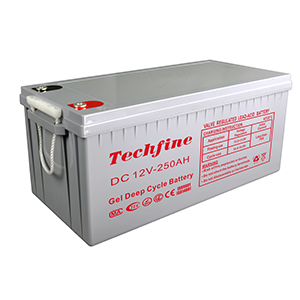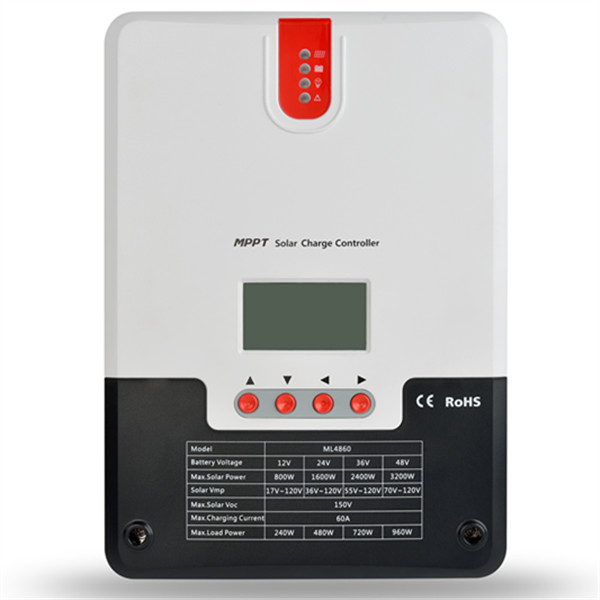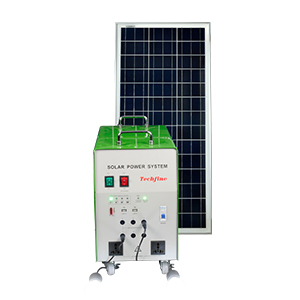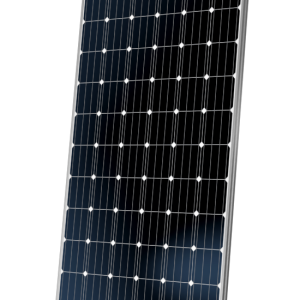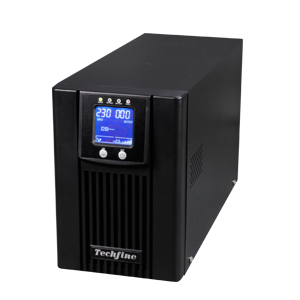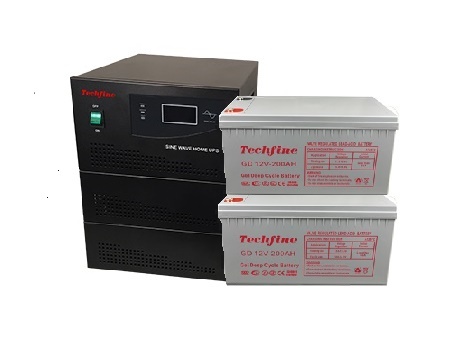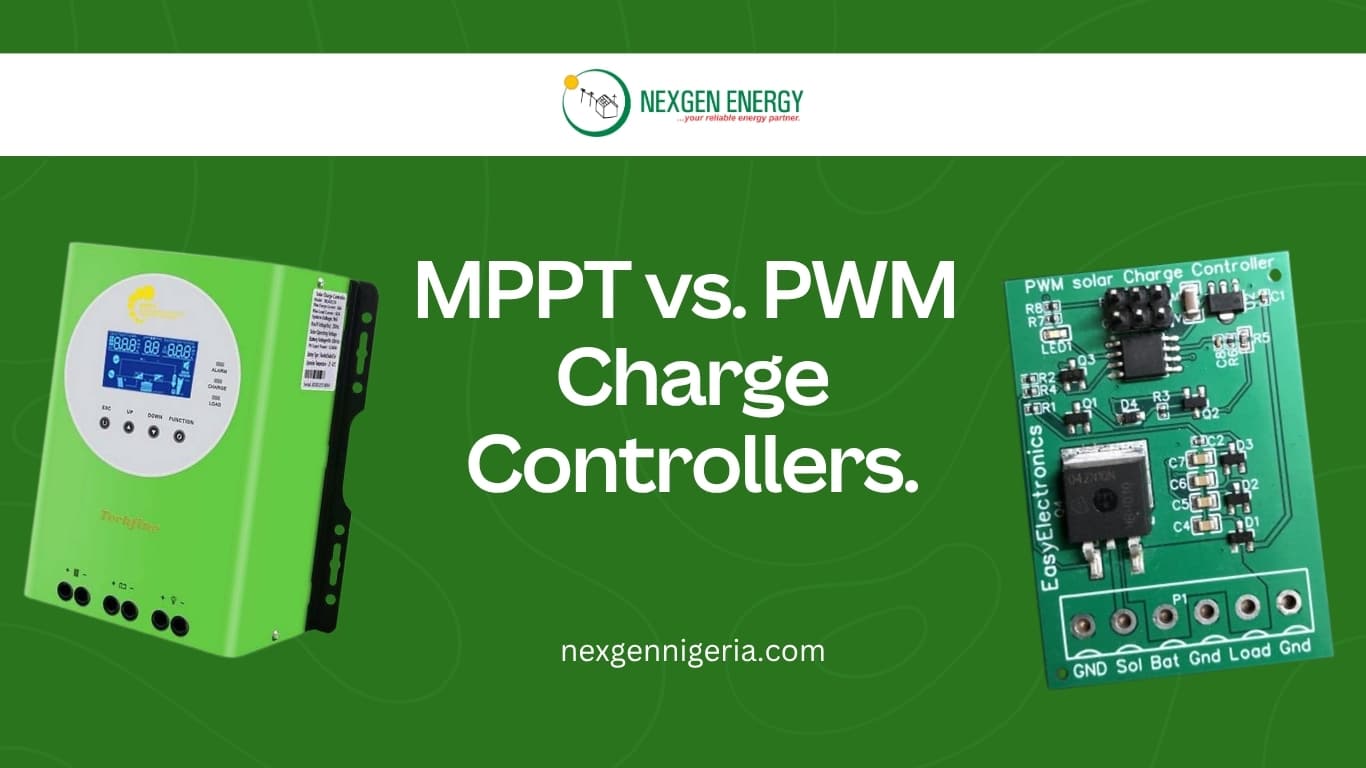Solar energy systems rely on charge controllers to manage the flow of energy from solar panels to batteries. Charge controllers are important for preventing overcharging batteries and enhancing overall system efficiency.
There are two primary types of charge controllers: MPPT (Maximum Power Point Tracking) and PWM (Pulse Width Modulation).
What is a PWM Charge Controller?
A PWM charge controller connects solar panels directly to the battery. It lowers the panel voltage to match the battery’s. The excess energy is lost as heat. This design is simple and affordable.
Advantages of PWM:
- Lower price.
- Works well with small systems.
- Simple design with fewer parts.
Disadvantages of PWM:
- Energy loss due to voltage drop.
- Less efficient in cloudy weather.
- Not suitable for large solar systems. Large systems (above ~2–3 kW, typically 48V+ battery banks): MPPT is strongly preferred because PWM wastes too much potential power and can’t handle the higher currents efficiently.
What is an MPPT Charge Controller?
An MPPT charge controller adjusts the voltage and current from solar panels to match the battery requirements. It finds the maximum power point where panels work most efficiently. This results in more energy going into the battery.
Advantages of MPPT:
- Higher efficiency, often 94% to 98%.
- Works effectively in cold, cloudy, or sunny weather, as it optimizes power across a range of conditions.
- Suitable for large systems and higher voltages.
Disadvantages of MPPT:
- Higher cost.
Efficiency Comparison
A PWM controller delivers less power because it matches panel voltage to battery voltage. If a 17V panel is charging a 12V battery, the difference is wasted. An MPPT controller converts that extra voltage into usable current. For example, if you have a 200W panel, PWM might deliver 150W to the battery, while MPPT could deliver up to 190W. Over time, this adds up to large energy savings.
When to Choose PWM
- Small systems with limited loads, such as lights, fans, and phone charging.
- Low budgets where affordability is the main concern.
- Locations with steady sunlight and minimal weather changes.
When to Choose MPPT
- Large systems running appliances like refrigerators, air conditioners, or pumps.
- Areas with varying weather where efficiency matters.
- Users who want faster battery charging and long-term savings.
Maintenance and Durability
Both controller types need basic maintenance. Keep the unit clean and free from dust. Ensure all wiring is firm and corrosion-free. MPPT controllers often come with advanced digital displays, making it easier to track performance. PWM controllers are more basic but still need checks to avoid loose connections.
Cost Analysis
A PWM controller is cheaper to buy but less efficient over time. An MPPT controller costs more but gives better returns. If your system is 1 kW or larger, MPPT saves money in the long run because it makes better use of available solar energy.
At Nexgen Energy, we guide customers through the process of selecting the right charge controller. We mainly deal with MPPT controllers and ensure your solar system performs to its best.

